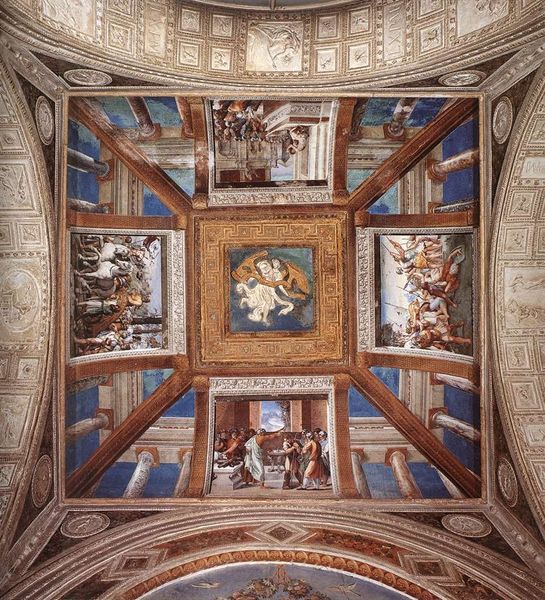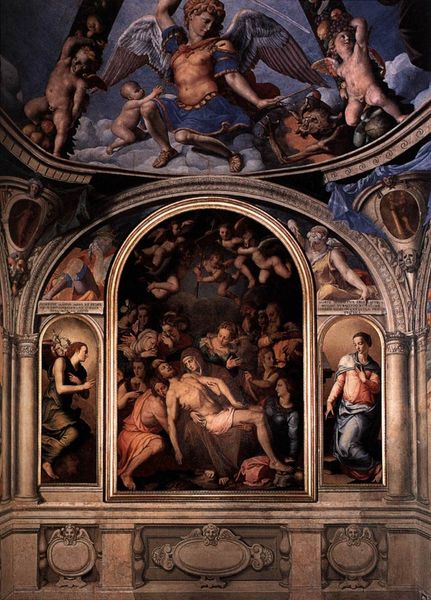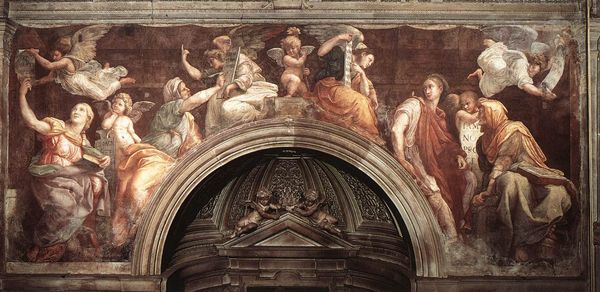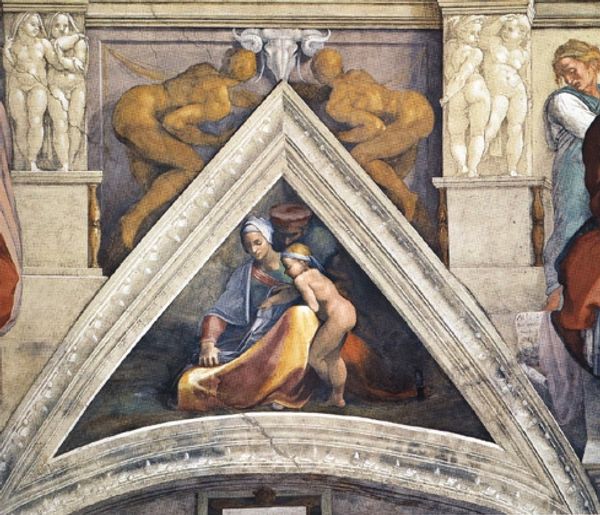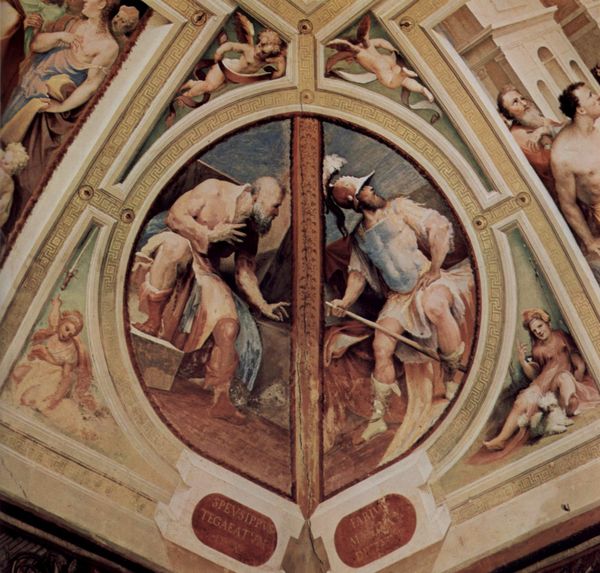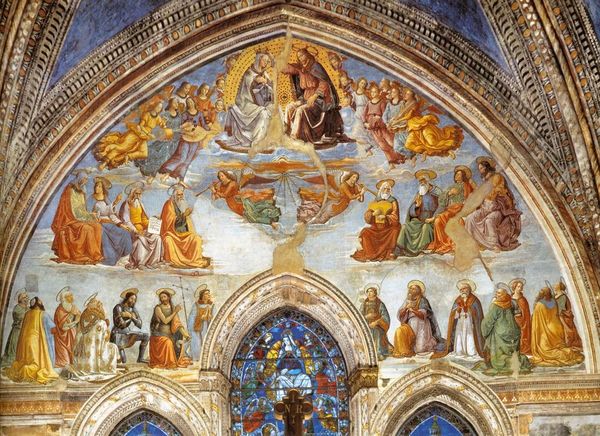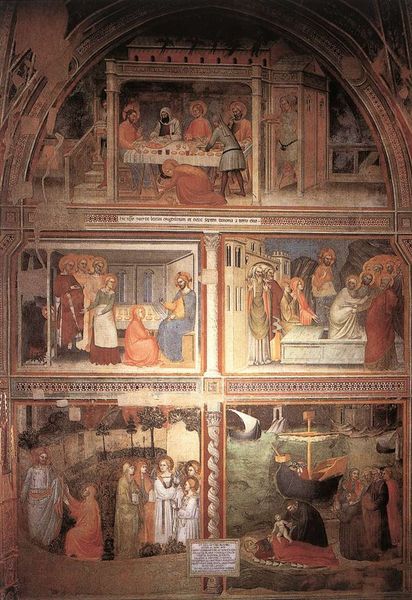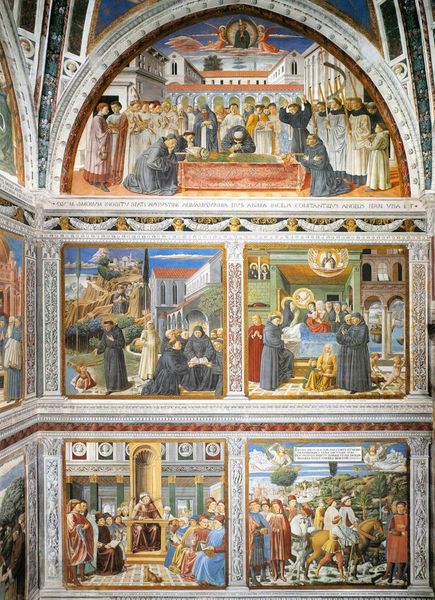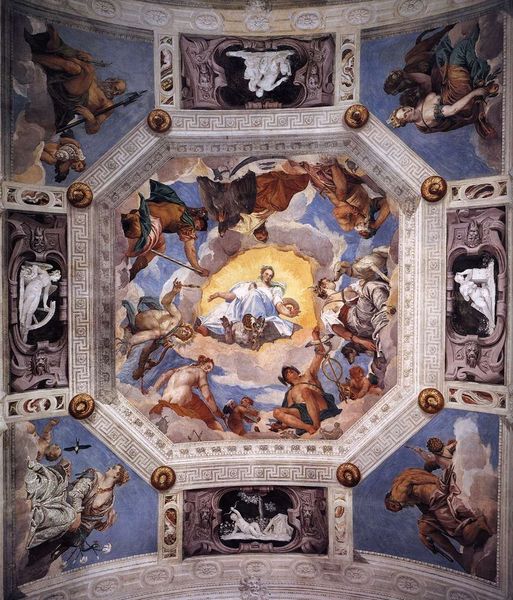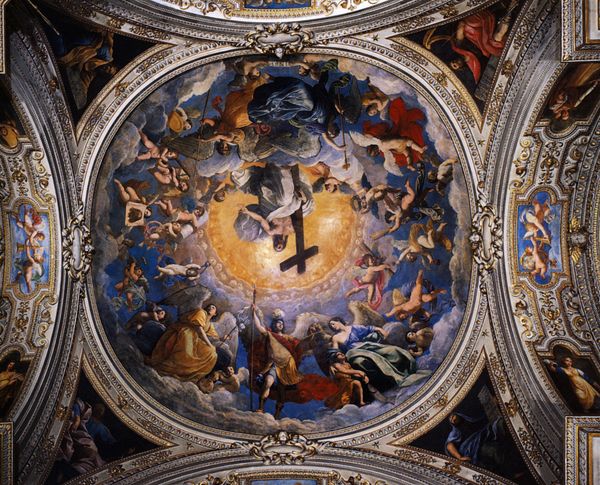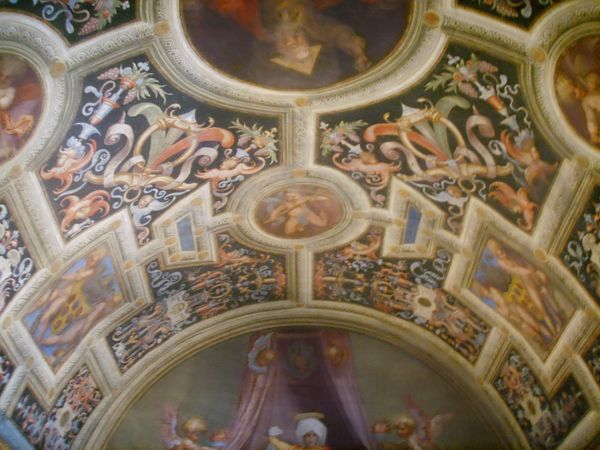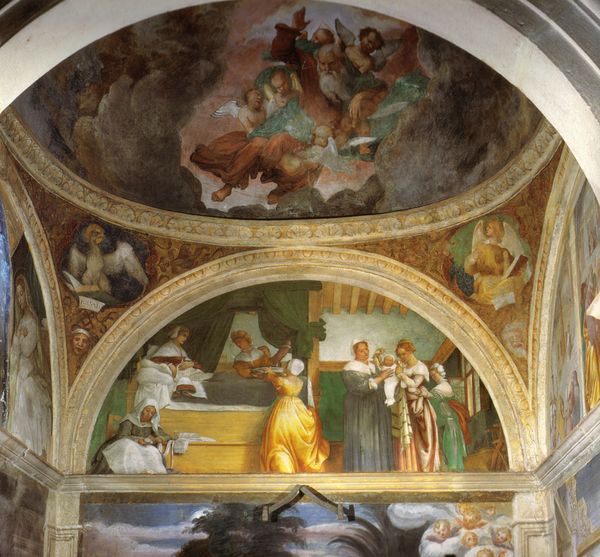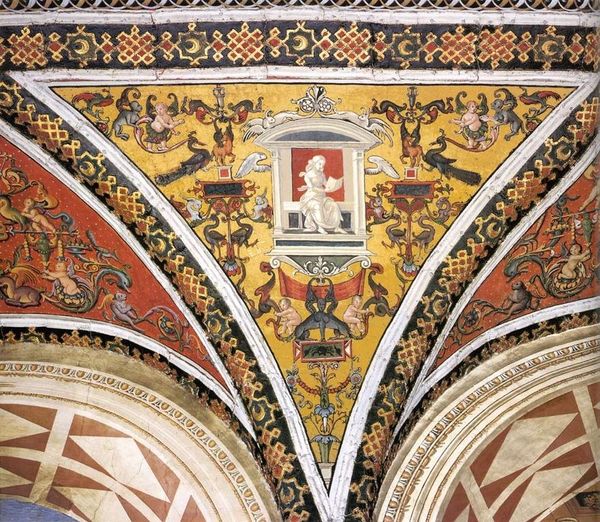Sistine Chapel Ceiling 1512
🔒Audio guide available with collection purchase
painting, fresco
#
high-renaissance
#
narrative-art
#
painting
#
figuration
#
fresco
#
christianity
#
men
#
history-painting
#
academic-art
#
italian-renaissance
#
christ
Copyright: Public domain
Comments
artera over 1 year ago
⋮
Italian genius Michelangelo Buonarroti (1475-1564) was a sculptor, painter, architect, draftsman, and poet who dominated Florentine art during the Renaissance and his influence is still felt today. Born the son of a nobleman, he was apprenticed to the painter Domenico Ghirlandaio in 1488 but a year later moved to work under the sculptor Bertoldo Giovanni. He worked between Florence, Bologna, and Rome. The ceiling fresco of the Sistine Chapel was commissioned by Pope Julius Il in 1508 as part of the rebuilding of St. Peter's in Rome. Initially, Michelangelo was reluctant to take on the project, since he saw himself primarily as a sculptor. But it came to dominate his life and he spent the next four years singlehandedly painting it, during which time his style evolved.
Join the conversation
Join millions of artists and users on Artera today and experience the ultimate creative platform.

